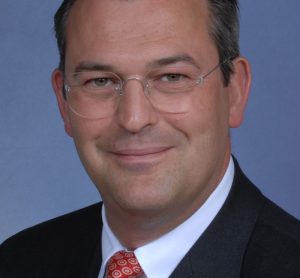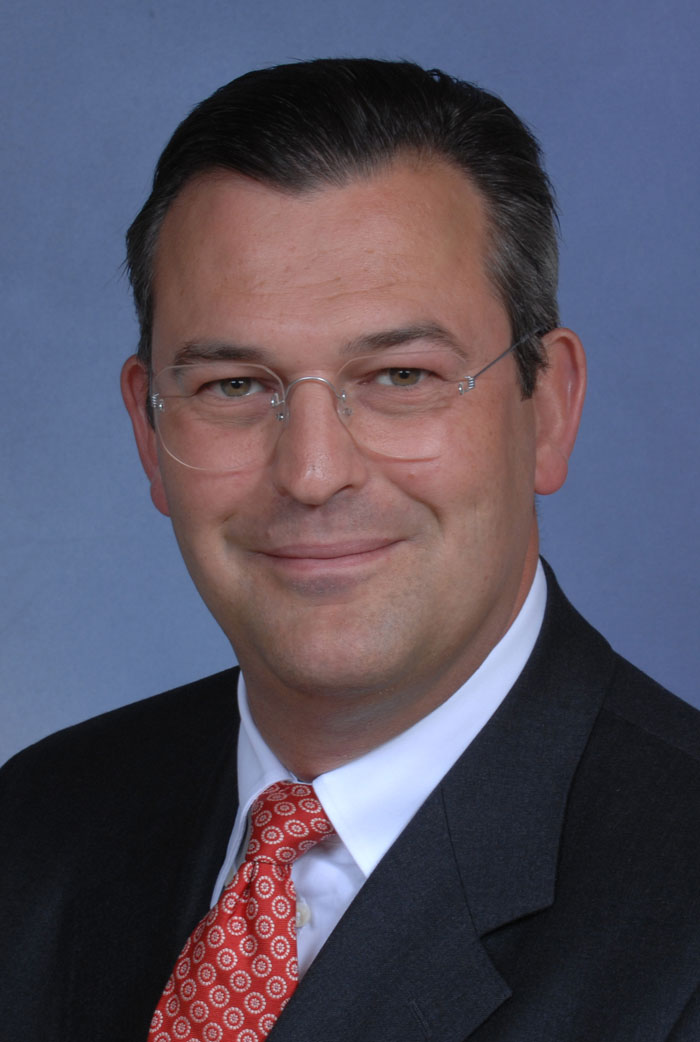Security during construction for the Brenner Tunnel North Access Section
12 December 2009 | By Dirk Diederich, General Manager for Project Business, Rhomberg Bahntechnik GmbH
The North Access Section to the Brenner Tunnel is particularly important to rail transport within Europe as part of the TEN 1 - Axis Berlin-Palermo in a north-south direction and as the main east-west traffic artery in the junction with the Lower Inn rail link. Security, in particular, is a…





